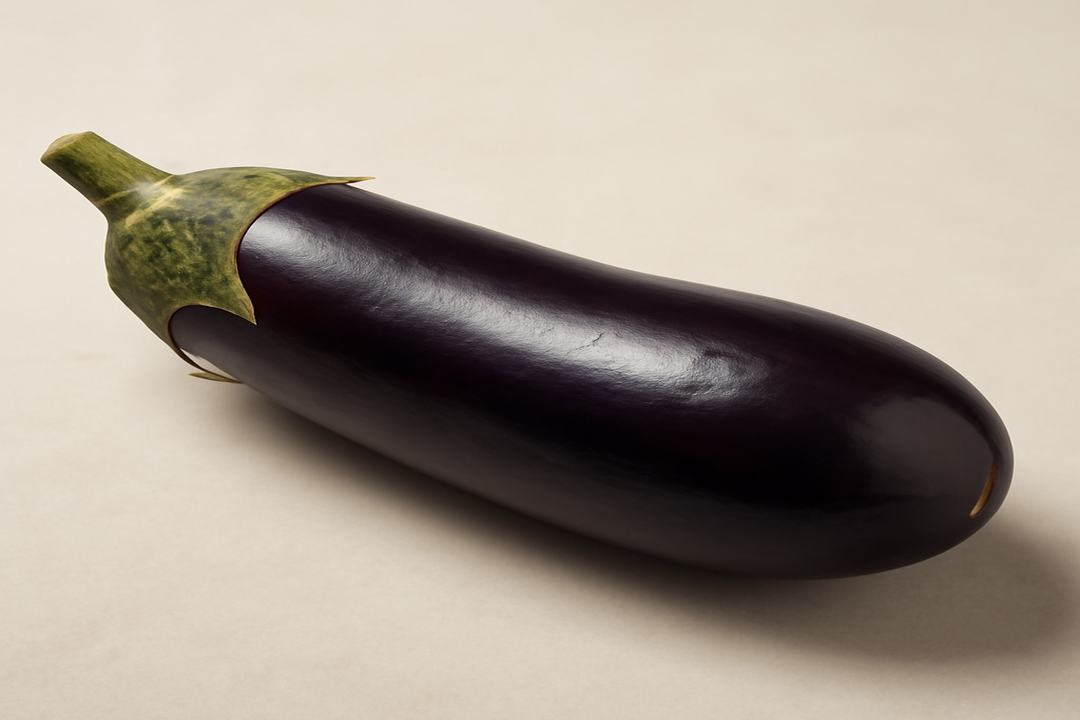Understanding penis girth is vital for dispelling myths and reducing anxiety. The average erect penile circumference is about 11.66 cm (4.59 inches), yet societal pressures often skew perceptions. Emphasizing emotional connection and technique over size can foster healthier body image and satisfaction, promoting body positivity and informed choices about enhancement options.
When it comes to discussions about male anatomy, penis girth is a topic that often garners significant attention and concern. Many men find themselves preoccupied with questions about whether their size is “normal,” leading to a host of misconceptions and anxieties. Understanding the realities of penis girth is crucial, not only for dispelling myths but also for fostering a healthier self-image.
The Misconceptions and Anxieties Surrounding Penis Girth
One of the most pervasive misconceptions is that a larger girth equates to better sexual performance and satisfaction. This belief can lead to unnecessary stress and a distorted view of one’s body. In reality, the importance of penis girth is often overstated, with many studies showing that factors such as emotional connection and technique play more significant roles in sexual satisfaction.
Societal perceptions and media portrayals contribute to the pressure men feel about their size, impacting self-esteem and body image. This can result in a psychological condition known as penile dysmorphophobia, where individuals experience undue anxiety about their size despite being within average ranges. Understanding the facts about penis girth can help alleviate these concerns and promote a more positive body image.
Purpose of the Post
This article aims to provide a comprehensive exploration of penis girth, covering average measurements, debunking myths, and presenting the realities. By presenting scientifically-backed data, we hope to offer clarity and reassurance, helping men understand that variation in size is normal and often irrelevant to sexual function or satisfaction.
In the following sections, we will delve into the factual information about average penis girth, discuss the variability in size, and explore the psychological impacts of societal pressures. Our goal is to foster a more informed perspective, encouraging acceptance and body positivity among men.
Understanding the nuances of penis girth involves delving into factual data and recognizing the natural variability present among individuals. By doing so, we can better comprehend the realities versus the myths surrounding this aspect of male anatomy.
Factual Information on Penis Girth
When it comes to average measurements, scientific studies provide a clear picture. The average erect penile circumference is approximately 11.66 cm (4.59 inches), while the flaccid circumference is around 9.31 cm (3.66 inches). These figures are derived from multiple reputable studies, offering a reliable benchmark for what is considered “average.”
To ensure accuracy, measurements are typically taken at the base or mid-shaft of the penis. For erect measurements, it’s common practice to use pre-pubic fat pad compression, pressing the ruler to the pubic bone to account for any variability caused by body fat. This method helps maintain consistency across different studies and individual assessments.
Size Variability and Perceptions
It’s crucial to acknowledge the wide range of individual variability in penis girth. Despite the existence of average measurements, penis size can vary significantly from person to person. Importantly, personal perceptions of size often do not align with functional adequacy or partner satisfaction. Studies indicate that many men tend to overestimate their size when self-reporting, highlighting the discrepancy between perceived and actual measurements.
Research suggests that societal pressures and media portrayals contribute to skewed perceptions, often leading men to believe that larger girth is synonymous with better sexual performance. However, studies consistently show that factors such as emotional connection and sexual technique are far more significant in determining sexual satisfaction.
Clinical Relevance and Psychological Impact
From a clinical perspective, penis size is only considered problematic if it impairs sexual function or urination. The condition known as micropenis, where the penis is significantly smaller than average, is rare and typically only diagnosed if it causes functional issues. Most men seeking enlargement do not fall into this category but rather suffer from a psychological condition known as penile dysmorphophobia. This condition involves undue anxiety about size despite being within normal ranges.
Understanding these clinical benchmarks can help alleviate unnecessary anxiety. By focusing on the functional aspects and recognizing the natural variability in size, men can develop a healthier body image and reduce the psychological burden associated with societal expectations.
Conclusion
In conclusion, understanding the factual data about penis girth is essential for dispelling myths and reducing anxiety. By recognizing the average measurements and acknowledging the wide range of natural variability, men can develop a more positive and informed perspective on their bodies. Ultimately, the focus should be on functional adequacy and personal satisfaction rather than conforming to unrealistic societal standards.
As we explore further into the topic of penis girth, it is essential to discuss enhancement options and their implications. Understanding these options can help individuals make informed decisions about their bodies, focusing on safety and efficacy.
Enhancement Options and Considerations
For those considering enhancement, there are both surgical and non-surgical methods available. Surgical procedures often involve implants or grafts, where materials are inserted to increase girth. These methods can be effective but come with risks such as infection, scarring, and potential changes in sensation.
Non-surgical options include the use of fillers, which involve injecting substances to temporarily increase girth. While less invasive than surgery, fillers must be administered by qualified professionals to minimize risks. Another non-invasive approach is the use of traction-based systems, which apply gentle, consistent pressure to encourage natural growth over time. These systems are generally considered safer and more gradual compared to surgical interventions.
It’s vital to prioritize safety and realistic expectations when considering enhancement methods. Consulting with healthcare professionals can provide guidance tailored to individual needs, ensuring that any chosen method aligns with personal health and wellness goals.
Conclusion and Body Positivity
Understanding the realities of penis girth is crucial for alleviating unnecessary anxiety and fostering a positive body image. By focusing on factual data and recognizing the natural variability in size, individuals can develop a healthier perspective on their bodies. It is essential to remember that functional adequacy and partner satisfaction are not solely dependent on size but also on emotional connection and technique.
Promoting body positivity involves accepting natural differences and appreciating one’s body for its unique attributes. Encouraging open discussions about these topics can help dispel myths and reduce the stigma surrounding penis size, ultimately contributing to a more inclusive and understanding society.
Frequently Asked Questions
What is the average girth of an erect penis?
The average erect penile circumference is about 11.66 cm (4.59 inches).
How is penis girth measured accurately?
Measurements are typically taken at the base or mid-shaft, with erect measurements using pre-pubic fat pad compression for consistency.
Is there a clinical definition of a penis being “too small”?
A penis is only considered clinically “too small” if it impairs sexual function or urination.
What are common misconceptions about penis girth?
Common misconceptions include the belief that larger girth equates to better sexual performance and partner satisfaction, which is not necessarily true.
Are there safe enhancement options available?
Yes, non-invasive methods like traction-based systems are considered safe for gradual enhancement without surgical intervention.




